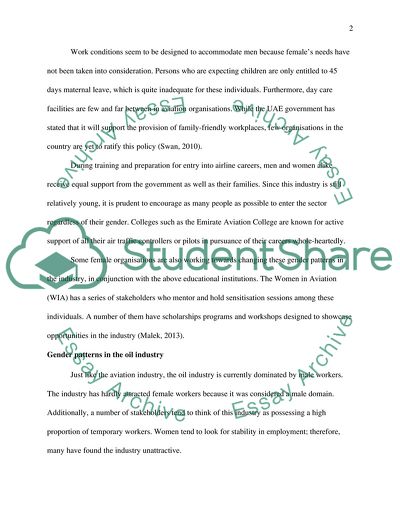Cite this document
(Gender in the Workplace Term Paper Example | Topics and Well Written Essays - 1250 words, n.d.)
Gender in the Workplace Term Paper Example | Topics and Well Written Essays - 1250 words. https://studentshare.org/gender-sexual-studies/1810040-gender
Gender in the Workplace Term Paper Example | Topics and Well Written Essays - 1250 words. https://studentshare.org/gender-sexual-studies/1810040-gender
(Gender in the Workplace Term Paper Example | Topics and Well Written Essays - 1250 Words)
Gender in the Workplace Term Paper Example | Topics and Well Written Essays - 1250 Words. https://studentshare.org/gender-sexual-studies/1810040-gender.
Gender in the Workplace Term Paper Example | Topics and Well Written Essays - 1250 Words. https://studentshare.org/gender-sexual-studies/1810040-gender.
“Gender in the Workplace Term Paper Example | Topics and Well Written Essays - 1250 Words”. https://studentshare.org/gender-sexual-studies/1810040-gender.


